
Texas A&M University is a public land-grant research university in College Station, Texas. It was founded in 1876 and became the flagship institution of the Texas A&M University System in 1948. As of Fall 2021, Texas A&M's student body is the largest in the United States. Texas A&M is the only university in Texas to hold simultaneous designations as a land, sea, and space grant institution. In 2001, Texas A&M was inducted as a member of the Association of American Universities. The school's students, alumni and sports teams are known as Aggies. The Texas A&M Aggies athletes compete in eighteen varsity sports as a member of the Southeastern Conference.
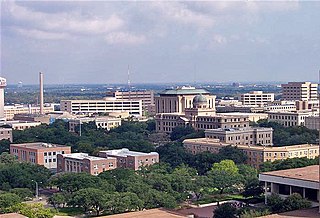
College Station is a city in Brazos County, Texas, situated in East-Central Texas in the heart of the Brazos Valley, towards the eastern edge of the region known as the Texas Triangle. It is 83 miles northwest of Houston and 87 miles (140 km) east-northeast of Austin. As of the 2020 census, College Station had a population of 120,511. College Station and Bryan make up the Bryan-College Station metropolitan area, the 13th-largest metropolitan area in Texas with 273,101 people as of 2019.

The Texas A&M University System is a state university system in Texas and is one of the state's six independent university systems.
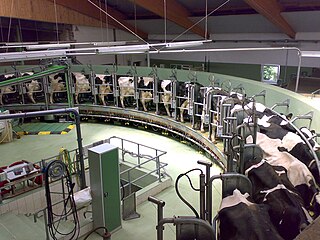
Dairy farming is a class of agriculture for long-term production of milk, which is processed for eventual sale of a dairy product. Dairy farming has a history that goes back to the early Neolithic era, around the seventh millennium BC, in many regions of Europe and Africa. Before the 20th century, milking was done by hand on small farms. Beginning in the early 20th century, milking was done in large scale dairy farms with innovations including rotary parlors, the milking pipeline, and automatic milking systems that were commercially developed in the early 1990s.
The Texas A&M School of Veterinary Medicine & Biomedical Sciences is the veterinary school of Texas A&M University, a public research university in College Station, Texas. It was founded in 1916 and is one of only 31 colleges or schools of veterinary medicine in the United States and Canada. It is consistently ranked as one of the top 5 veterinary schools in the country, according to U.S. News. The school offers an undergraduate program in Biomedical Sciences, a professional Doctor of Veterinary Medicine program, and numerous graduate programs relating to veterinary medicine and epidemiology.

Texas A&M AgriLife Extension Service was formally established in 1915 after the 1914 passing of the Smith-Lever Act and in conjunction with Texas A&M University. Originally named Texas Agricultural Extension Service, then later Texas Cooperative Extension, the name Texas AgriLife Extension Service was adopted on January 1, 2008. A&M was added to the agency name on September 1, 2012 as a result of a Texas A&M University System change to strengthen the association with Texas A&M. The primary mission of AgriLife Extension is to provide educational outreach programs and services to the citizens of Texas. In conjunction with Texas A&M AgriLife Research, the Extension faculty members conduct research and bring practical applications of those research findings to the people of Texas.

Texas A&M Engineering Extension Service is a state extension agency that offers training programs and technical assistance to public safety workers, both in Texas and around the world. Established in 1940 as the Industrial Extension Service, the agency took on its current name when it joined The Texas A&M University System in 1948. The agency sponsors the state's primary urban search and rescue force, Urban Search and Rescue Texas Task Force 1, and operates the Brayton Fire Training Field. Brayton is the largest firefighting training facility in the United States that also contains a mock city for conducting training operations for emergency responders.
The New York State Agricultural Experiment Station (NYSAES) at Geneva, Ontario County, New York State, is an agricultural experiment station operated by the New York State College of Agriculture and Life Sciences at Cornell University. In August 2018, the station was rebranded as Cornell AgriTech, but its official name remains unchanged.
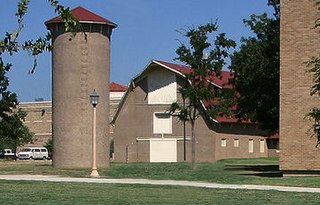
Agricultural education is the teaching of agriculture, natural resources, and land management. At higher levels, agricultural education is primarily undertaken to prepare students for employment in the agricultural sector. Classes taught in an agricultural education curriculum may include horticulture, land management, turf grass management, agricultural science, small animal care, machine and shop classes, health and nutrition, livestock management, and biology.

Canada is one of the largest agricultural producers and exporters in the world. As with other developed nations, the proportion of the population agriculture employed and agricultural GDP as a percentage of the national GDP fell dramatically over the 20th century, but it remains an important element of the Canadian economy. A wide range of agriculture is practised in Canada, from sprawling wheat fields of the prairies to summer produce of the Okanagan valley. In the federal government, overview of Canadian agriculture is the responsibility of the Department of Agriculture and Agri-Food.

The history of Texas A&M University, the first public institution of higher education in Texas, began in 1871, when the Agricultural and Mechanical College of Texas was established as a land-grant college by the Reconstruction-era Texas Legislature. Classes began on October 4, 1876. Although Texas A&M was originally scheduled to be established under the Texas Constitution as a branch of the yet-to-be-created University of Texas, subsequent acts of the Texas Legislature never gave the university any authority over Texas A&M. In 1875, the Legislature separated the administrations of A&M and the University of Texas, which still existed only on paper.
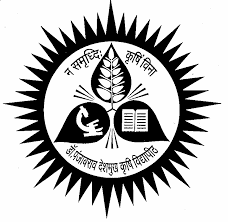
Dr. Panjabrao Deshmukh Krishi Vidyapeeth is an agricultural university located at Akola, in Maharashtra, India, in the Vidarbha region. The university is entrusted with the responsibility of agricultural education, research and extension education along with breeder and foundation seed programmes.

Agricultural research in Israel is based on close cooperation and interaction between scientists, consultants, farmers and agriculture-related industries. Israel's semi-arid to arid climate and shortage of high quality water are major constraints facing Israeli agriculture. Through extensive greenhouses production, vegetables, fruits and flowers are grown for export to the European markets during the winter off-season.
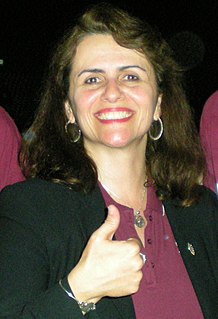
Elsa Alina Murano is the former President of Texas A&M University.

Texas A&M AgriLife is the organization the connects agriculture and life sciences programs at Texas A&M University and the Texas A&M University System.
Jacob Joseph Taubenhaus, (1884–1937) born in Safed, Palestine on October 20, 1884, was Chief of the Division of Plant Pathology and Physiology of the Texas Agricultural Experiment Station at the Agricultural and Mechanical College of Texas from 1916 until his death on December 13, 1937. During his life, he was also a leader in Jewish affairs at the university and was a founder of Texas A&M Hillel.
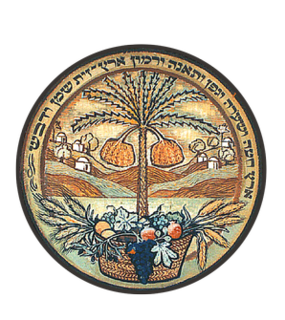
The Agricultural Research Organization, Volcani Center, previously known as the Agricultural Research Station of the Jewish Agency for Palestine, is an Israeli agricultural research center. It serves as the research arm of the Ministry of Agriculture and Rural Development of the State of Israel and provides research opportunities for local and international scientists at post-graduate levels, as well as educational opportunities for Israeli and international youths, farmers and scientists. The organization supports Israeli agriculture research, focusing on plant sciences, animal sciences, plant protection, soil and environmental sciences, food sciences, and agricultural engineering. The organization was founded in 1921 in Ben Shemen, Israel, by Yitzhak Elazari Volcani, for whom it is named.

A cow calf operation is a method of rearing beef cattle in which a permanent herd of cows is kept by a farmer or rancher to produce calves for later sale. Cow–calf operations are one of the key aspects of the beef industry in the United States and many other countries. In the British Isles, a cow–calf operation may be known as a single-suckler herd. The goal of a cow–calf operation is to produce young beef cattle, which are usually sold. A rancher who works within such a model is often called a "cow–calf operator" in the United States.















